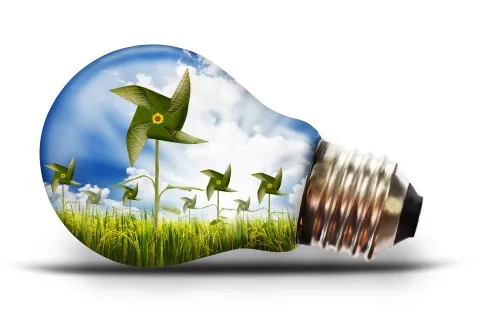
China to dominate 35% of global wind power capacity installations
Will India come at a close second?
China will be the main driver of global wind capacity growth over the coming decade, making up nearly 35% of total global installations between 2016 and 2026, as the country looks to curb carbon emissions and tackle domestic pollution, according to BMI Research.
The North America Western Europe (NAWE) region will continue to grow strongly from a broad base as multiple markets expand their respective wind power sectors; as such, the region will remain the largest for installed wind power capacity in 2026.
Here's more from BMI Research:
We expect total global installed wind power capacity to increase by 71% between 2016 and 2026 - from 465.2GW to 795.4GW. By the end of our 10-year forecast period the wind segment will comprise just under 50% of the total installed non-hydropower renewables capacity in the world.
The Asia-Pacific (APAC) region will drive this wind power capacity expansion with an annual average capacity growth rate of 5.9% between 2017 and 2026. This growth momentum will in large part due to onshore wind power capacity coming online, as relatively higher cost and installation challenges will curb prospects for a substantial uptick in offshore wind power capacity over this timeframe.
China and India will be the main capacity growth drivers in the APAC region, while Germany and Turkey will have a strong bearing on the wind power expansion in the European market. In the Americas, the United States and Mexico will be the key growth catalysts.
China will remain the global wind power heavyweight, with nearly 35% of the total wind power capacity installations in the world between 2016 and 2026. As the second largest market, the United States will develop 15% of total installations in the sector over the same timeframe.








![Cross Domain [Manu + SBR + ABF + ABR + FMCG + HBR + ]](https://cmg-qa.s3.ap-southeast-1.amazonaws.com/s3fs-public/styles/exclusive_featured_article/public/2025-01/earth-3537401_1920_4.jpg.webp?itok=WaRpTJwE)
![Cross Domain [SBR + ABR]](https://cmg-qa.s3.ap-southeast-1.amazonaws.com/s3fs-public/styles/exclusive_featured_article/public/2025-01/pexels-jahoo-867092-2_1.jpg.webp?itok=o7MUL1oO)









 Advertise
Advertise


